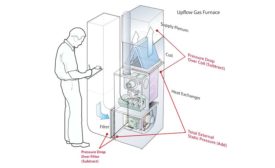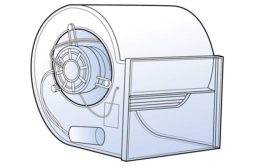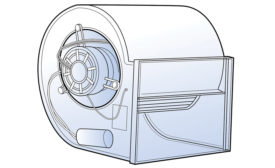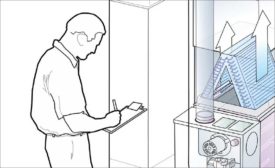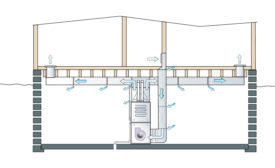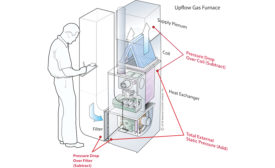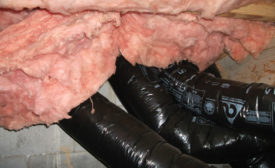Home » Duct Dynasty
Articles Tagged with ''Duct Dynasty''
Start Predicting Static Pressure Changes by Applying Fan Law 2
Air balancers have been using these formulas for years
Read More
HVAC Contractors Can Recommend Duct Upgrades in Four Simple Steps
Provide customers with the information they need to make the best purchasing decision
Read More
Five Issues That Cause Static Pressure Readings to Look Great
Several situations can cause readings to look better than they really are
Read More
Four Reasons for Contractors to Ignore Static Pressure Readings
Some techs believe measuring is a waste of time
Read More
Copyright ©2024. All Rights Reserved BNP Media.
Design, CMS, Hosting & Web Development :: ePublishing
